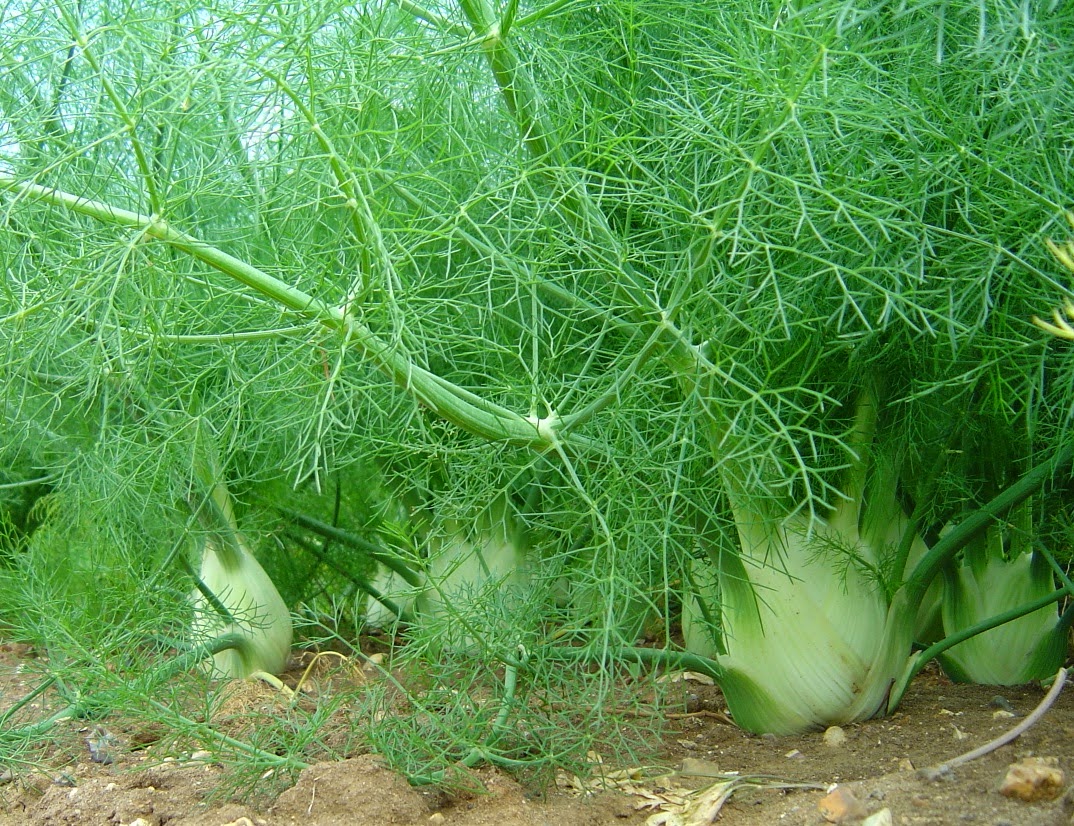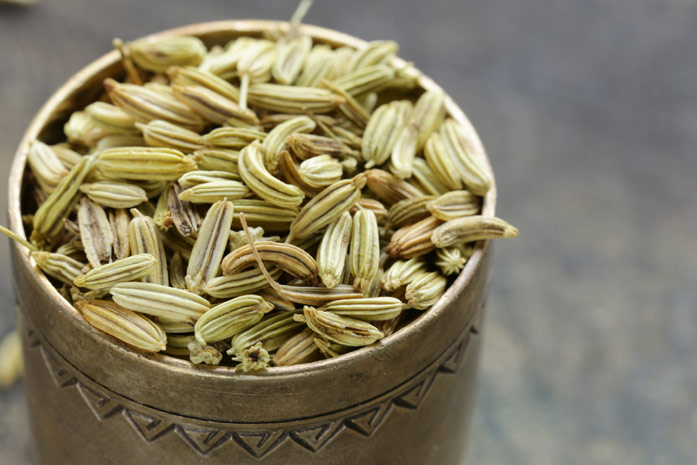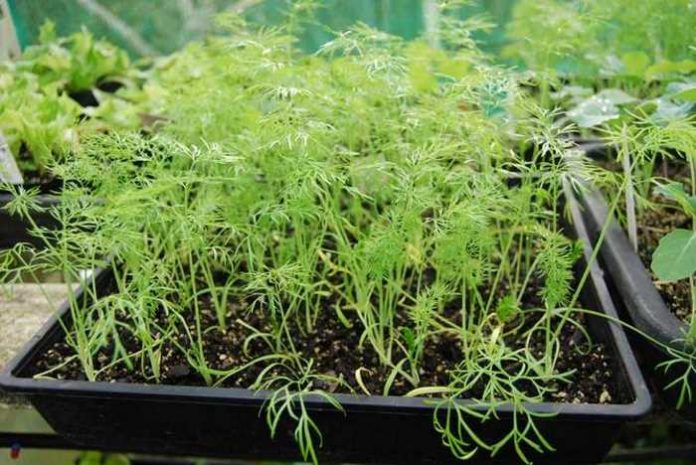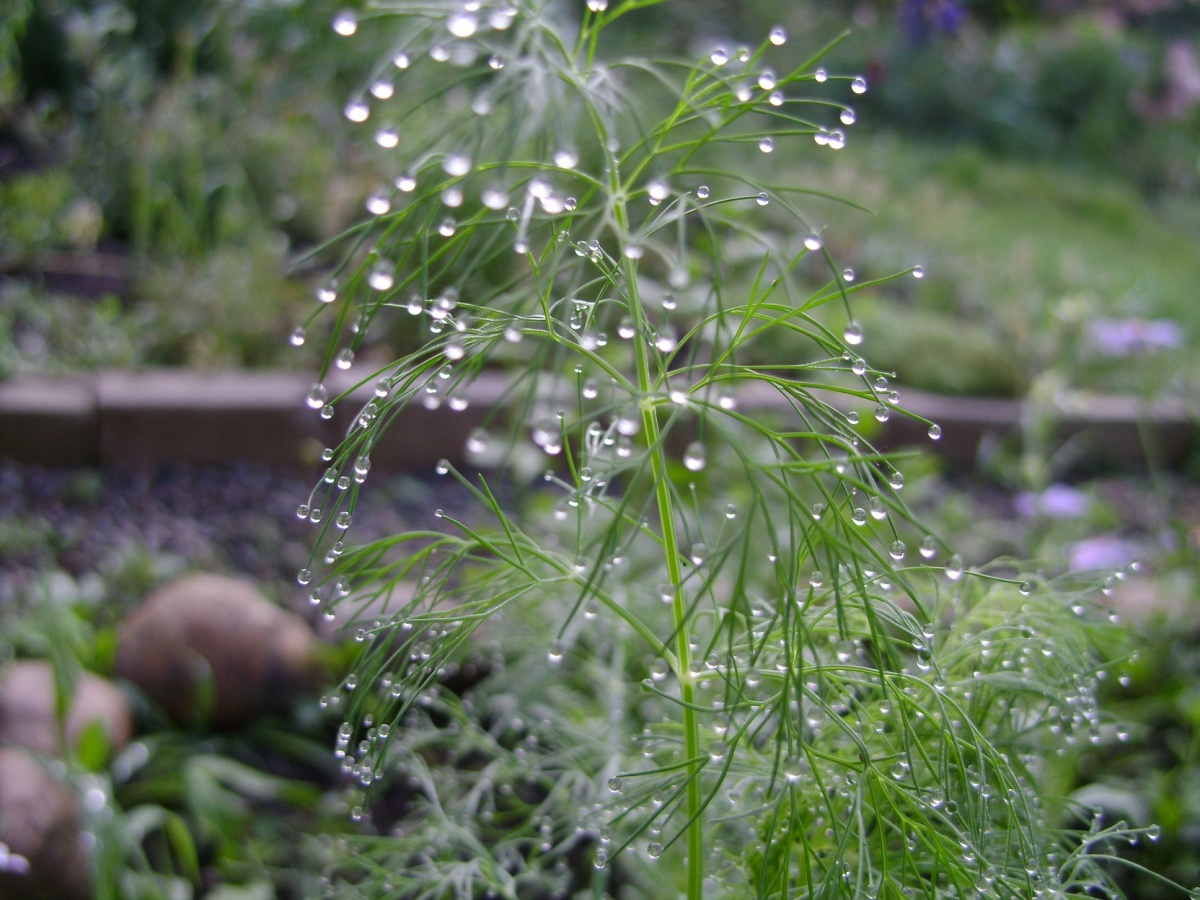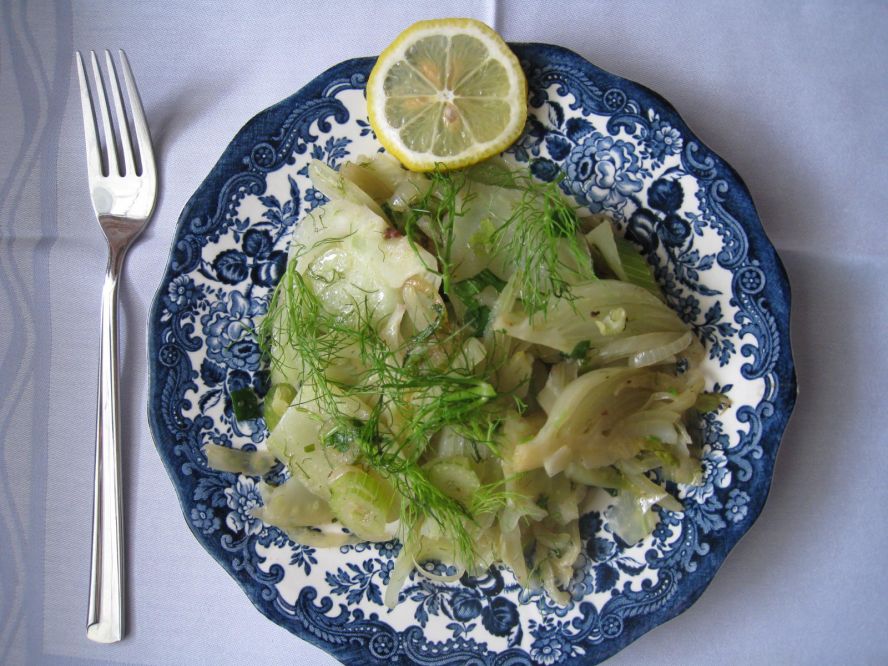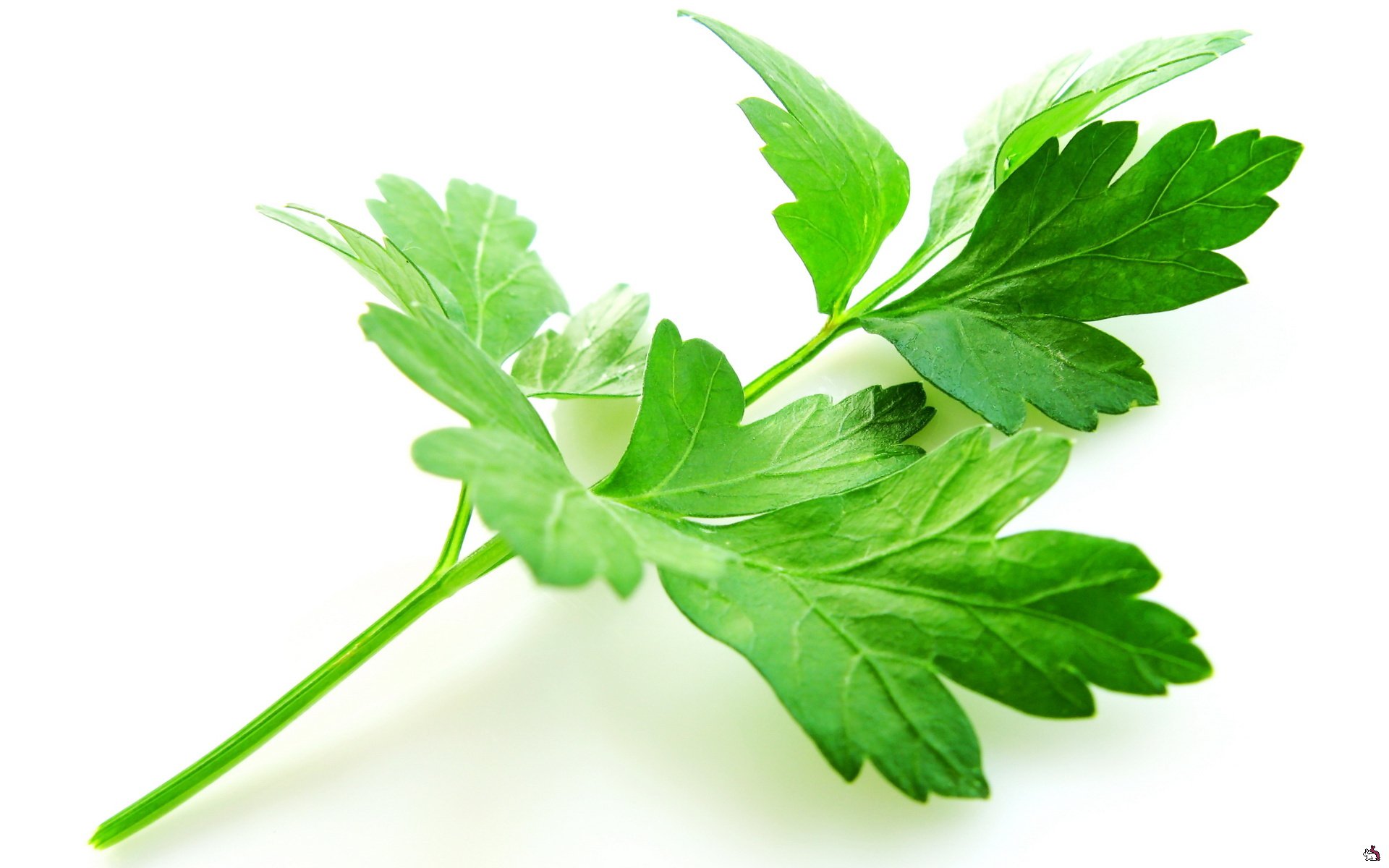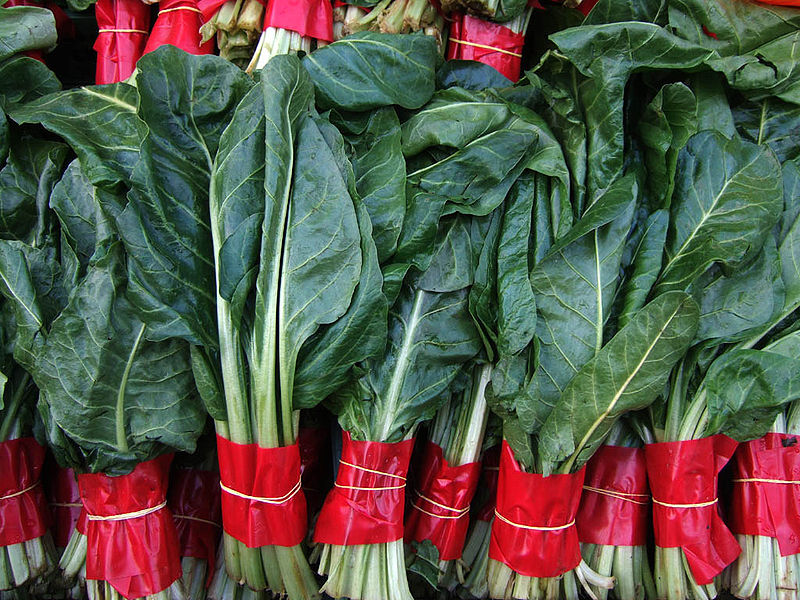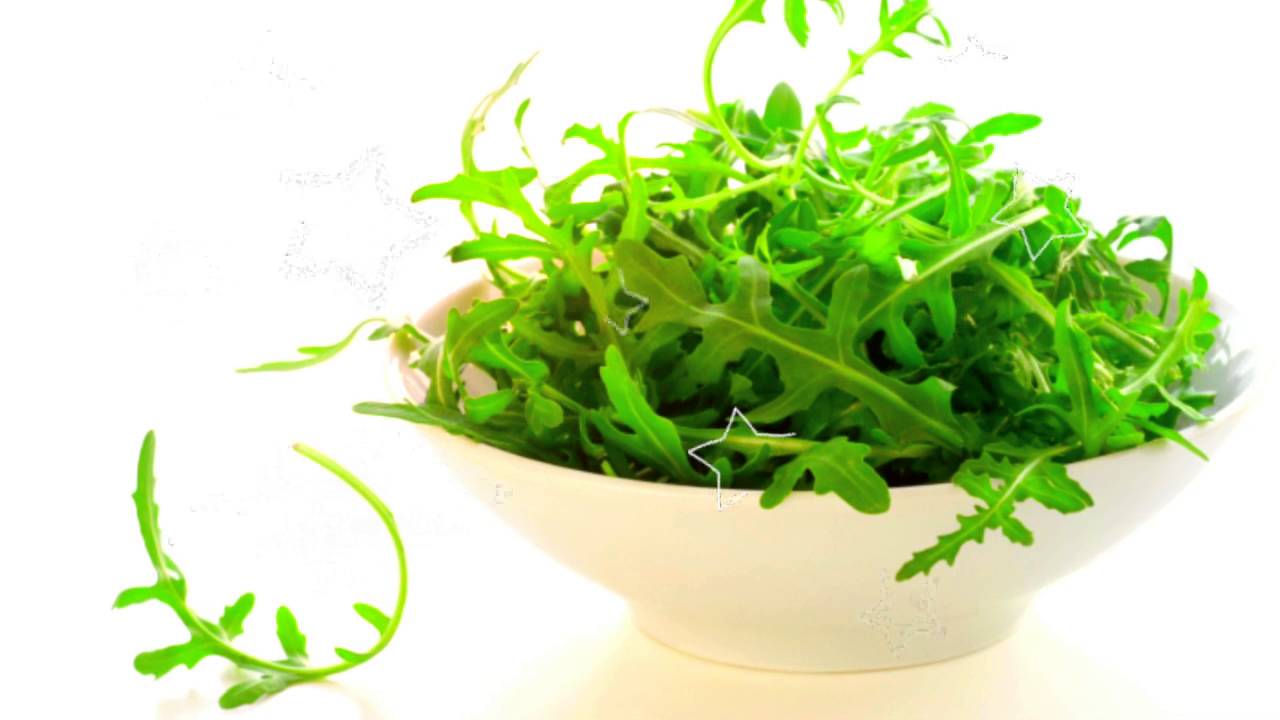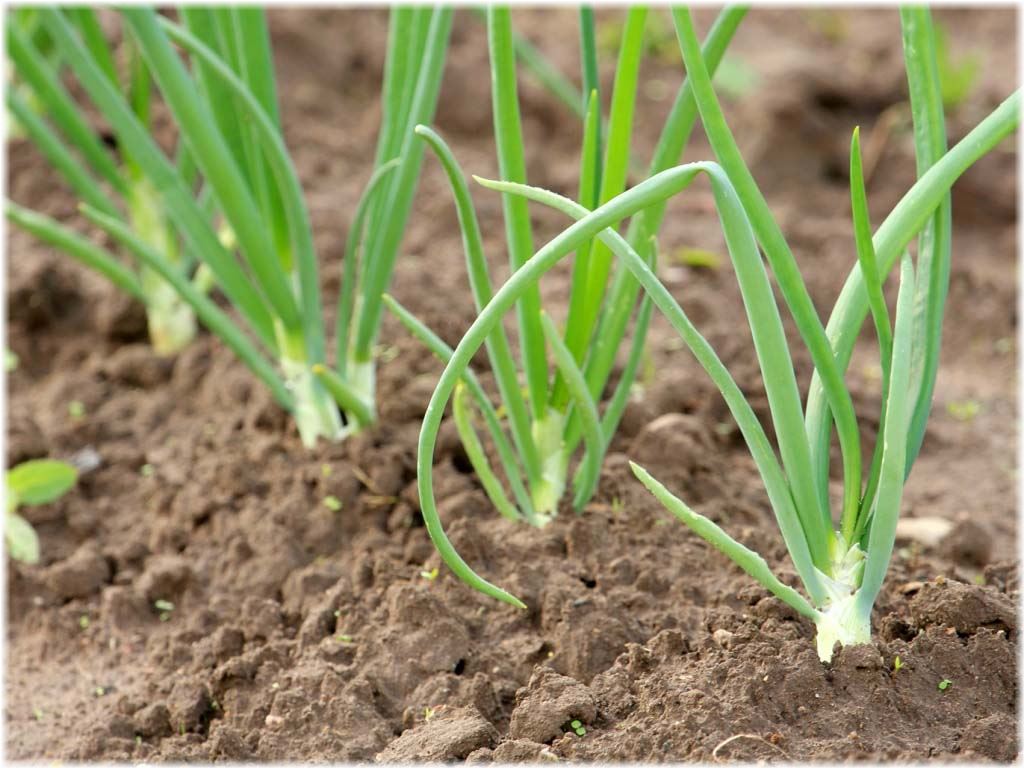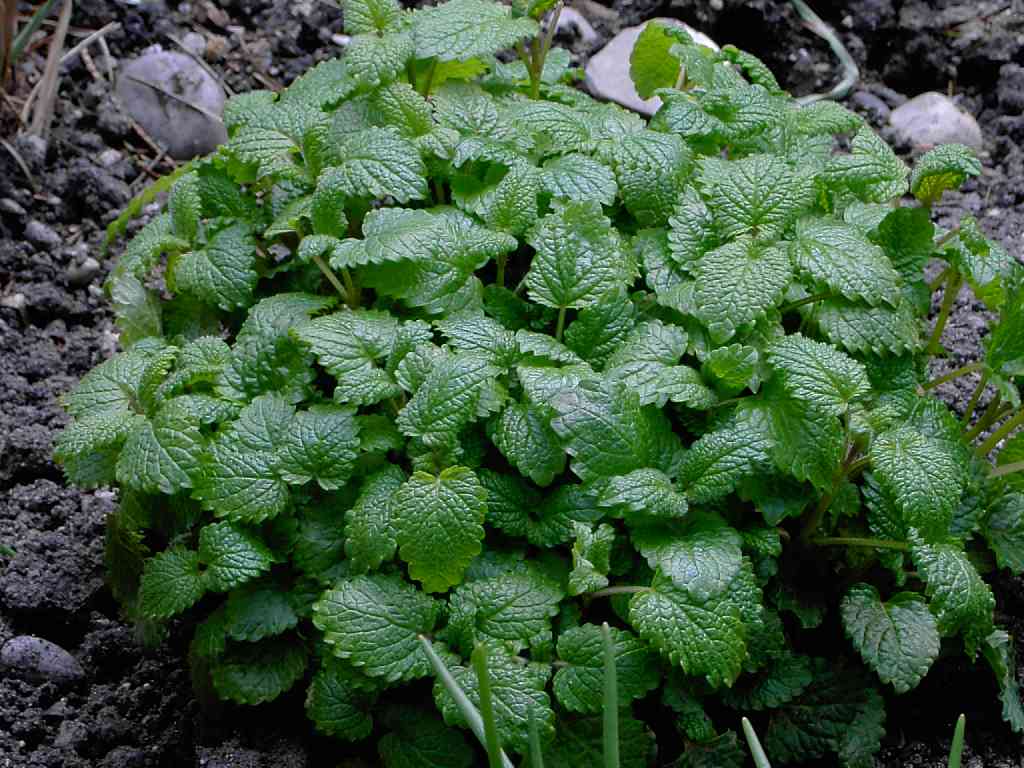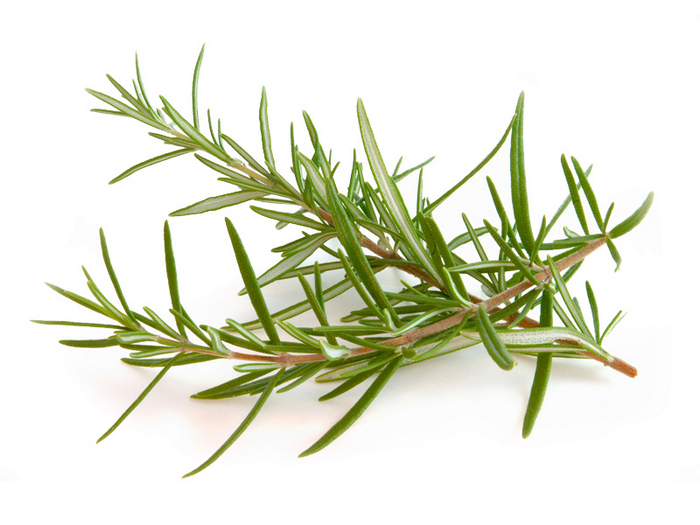Content:
The name "fennel" is known to many, but not everyone knows enough about this plant to start planting in their garden plots. Common fennel (Latin Foenículum vulgáre) is an aromatic plant that is widely used in medicine and as an additive to a number of dishes. Outwardly, the plant is somewhat reminiscent of dill. If you have a summer cottage, growing this crop will not be difficult. The most important thing is to clarify for yourself before planting what kind of culture it is, how it should look, and how it is grown.
A useful product is strongly recommended to be planted away from other plants. The culture loves high humidity. If watering is insufficient, it will reach with its roots to the beds with other plants, and the latter will inevitably suffer. The only neighbor that fennel accepts is the cabbage cucumber. This plant has a beneficial effect on him, scaring away some pests with its smell.
On a note. Planting fennel is recommended in sunny areas. The culture is very fond of light and grows poorly in the shade.
There are two main varieties of fennel:
- vegetable;
- ordinary.
The main feature of vegetable-type fennel is the formation of special bulbs that are edible. It is grown as an annual plant. Casanova and Rondo are among the most popular varieties of this type of culture.
As far as fennel is concerned, it is grown for seeds and herbs. It is left to grow for another year in order to be able to wait until the seeds are fully ripe. Among the popular varieties, Ogorodny and Perechny can be named.
Reproduction of culture
Having understood what it is about fennel, it is necessary to understand how the plant propagates and is planted.
Before planting a plant, you need to prepare the soil. This is, first of all, about its fertilization. It will be enough to feed the planting site with compost at the rate of one bucket per square meter.
Growing from seeds
Vegetable fennel is grown from seeds. They can be stored for about three years without losing their own planting characteristics. Seed preparation for planting is usually carried out as follows.
To ensure maximum germination, the grains can be pre-poured onto a cloth, which should then be carefully wrapped and lowered into a container with any growth stimulator. Alternatively, you can use a weak manganese solution. The seeds must be in such a solution for about four hours.
Important! Sow fennel should be at the rate of 3 to 10 kg per 1 ha of area.
Fennel can be planted directly into the soil, but sometimes seedlings are grown first.
Outdoor planting is usually done in April, but some gardeners do it in the fall. The difference is that when planted in the spring, fennel does not require additional maintenance. In the fall, the planting will need to be insulated without fail for the period of cold weather.
Regardless of the season, ordinary fennel is planted with a depth of 2 cm. The site needed for planting must be prepared in advance.
In addition to fertilizing, before planting the crop, the garden bed is covered with a thick film to keep a sufficient amount of moisture in the soil. The required gap should be observed between the rows - usually 50 cm is enough.
Seed germination occurs in a little less than a week at a temperature not lower than + 6C. After the seedlings have begun to actively grow, they will need to be additionally rowed - a distance of about 20 cm between plantings is enough.
Growing seedlings
The use of the seedling method of growing fennel root is most often practiced in regions with short summers. In this case, the answer to the question of how to plant fennel is as follows: in early spring from seeds to boxes. After the first shoots appear, the growing area should be replaced with separate pots. If this is not possible, the plants should be thinned out. The vegetable is planted in a permanent place of growth after a month.
Seedling propagation is often practiced when growing vegetable varieties of fennel. Any agricultural technician or an experienced gardener will say that often, when sowing with seeds, the bulb does not have time to form during the season. Seedling allows you to effectively solve the problem of growing a plant to the state of an onion (head of cabbage).
Important! With any method, fennel, when planting and nursing in the open field, should not coexist with the following plants: cumin, pepper, beans and spinach. Such a contraindication is due to the fact that the indicated cultures have a negative effect on him.
Reproduction by dividing the roots
Reproduction by dividing the roots is currently not practiced very often. This is due to its complexity. In addition, the plant with such a planting is quite problematic to take root.
Plant care
It is not enough to know by fennel what kind of plant it is, and how to grow fennel from seeds correctly. To get a positive result, the culture must be well cared for.
Watering and loosening the soil
In order for common or vegetable fennel to grow better, it is necessary to periodically loosen the aisles. This will not only avoid the appearance of a crust, but also provide access to oxygen.
Fennel (both the plant itself and its fruit) are quite moisture-loving, so it should be watered regularly. On average, it is enough to water the plant once a week (if the summer is dry, then more often) at the rate of at least 10 liters of water per square meter.
After watering, it is highly recommended to mulch the plant beds. Due to the mulch, moisture will be retained in the soil for a longer period. The most important thing is not to forget that the mulch should be renewed periodically.
Hilling
Vegetable fennel has one property - it must be hilled. This procedure stimulates the formation of a head of cabbage. As a rule, manipulation is carried out throughout the growing season at intervals of two to three weeks. The description of the process is known to any more or less experienced gardener.
Interesting. So that the white head of cabbage does not get dirty when earthing up with soil, it is recommended to cut a ring about 20 cm from a plastic bottle and set it around the stem. Hilling should not be higher than its height.
Fertilizer
The first plant feeding is done immediately after thinning. For this purpose, a solution of cow manure is used. It can be replaced with a complex of mineral fertilizers. The second feeding is carried out 20 days after planting. In this case, mineral-based formulations are also used. For the third time, fennel is fertilized with superphosphates.
Important! When growing fennel from seedlings, you can do without a third feeding.
Shelter for the winter
Shelter for the winter is important for fennel grown for greens and seeds. At the end of the season, you should leave a few shoots about 35 cm high (in order to better accumulate snow), and cut off the rest so that their height does not exceed five centimeters. Next, the fennel should be spud and covered with a good layer of straw. Peat can be used as an option.
If the vegetable fennel for one reason or another did not have time to form a roach, it is recommended to dig it up with the root and transfer it to the basement in a box with sand. With periodic watering in the spring, the plant can be safely returned back to the open ground, this time the risk of being left without a crop will be minimized.
Pest and disease control
Like any plant, fennel can suffer from the damaging effects of harmful insects and diseases. If it is grown for the purpose of obtaining greenery, treatment with poisonous preparations is unacceptable under any circumstances. Their use can cause irreparable harm to human health.
The following techniques can be used to treat culture:
- Green soap shows very good results for getting rid of fennel from bedbugs and aphids. This composition is completely environmentally friendly and is not capable of harm. To process the planting, 200-300 g of the drug should be diluted in a ten-liter bucket;
- From the May beetle, the plant will help to save the digging of trapping grooves around the perimeter of the garden;
- The causative agents of phomosis transmitted through the soil are killed by watering with a strong solution of potassium permanganate;
- Disinfection of planting material will be effective from pathogens of cercospora, transmitted through seeds.
Important! Other diseases (spotting, septoria) are easier to prevent than cure. Therefore, preventive measures and observance of the basic rules of agricultural technology should not be neglected. If the plant is infected, it should be removed immediately.
Harvesting
For eating fennel leaves and heads of cabbage, they can be harvested for future use. In addition, the seeds of the plant are harvested and used for re-seeding the crop.
Leaves can be harvested throughout the summer season. You need to choose mainly those specimens that have grown to a height of 30 cm.
Heads of cabbage are usually cut when they reach 10 cm. This usually occurs in late summer or early fall.
Seeds are collected in the second year after planting. It is very simple to understand that the seeds are ready to be harvested - they acquire a brown tint upon full ripeness.
Important! Seeds most often do not ripen at the same time. To avoid self-seeding, it is recommended to wrap the inflorescences loosely with a wet gauze cloth (you can use a bandage).
The use of fennel in medicine
Pharmacognosy pays quite close attention to fennel, since the healing properties of the plant are simply amazing. The pronounced aroma of the plant and the presence of a large amount of essential oils in the composition make it in demand in the field of aromatherapy. In addition, the plant contains vitamins, biotin, folic acid, etc.
Fennel fruits have the following therapeutic properties:
- increase appetite;
- are analgesic;
- have an antispasmodic effect;
- have laxative properties;
- used as an expectorant;
- have a diuretic effect.
Often, drugs containing fennel are prescribed for diseases such as:
- dyspepsia;
- whooping cough;
- colic (intestinal and stomach);
- atony of the stomach and intestines;
- lack of milk in breastfeeding mothers;
- a cold accompanied by a cough;
- bronchitis;
- insomnia.
As a folk remedy, fennel is irreplaceable. It is included in many herbal recipes.
Cooking use
The culinary value of this culture is also high. All parts of the plant are used for food. As for greens, it can be used both fresh and dried.Leaves are often included in all kinds of salads, added to various soups, meat dishes and are actively used in the preparation of marinades and sauces.
Heads of cabbage can be eaten as a separate vegetable or stewed and added to salads.
As for the fruits and leaves, they are used in the process of salting and pickling various vegetables.
In Italy, fennel is enjoyed pickled.
The stems of the plant can be cooked as a side dish. Only they need to be pre-blanched, in the same way as they do with asparagus.
Sometimes fennel seeds are ground and sprinkled on meat when grilling. They are also used as original flavorings for syrup and alcohol, added to teas.
Traditionally, fennel seeds are used as a spice for bakers. The root of the plant also finds a similar use - it is added to bread.
Having figured out what fennel is, for what purposes this plant can be used, and how to properly provide it with care, you can safely plant it on your site.
To date, the plant is not one of the most popular summer cottage crops, but given the widespread passion of Russian citizens for a healthy lifestyle, there is every reason to believe that in the foreseeable future the situation may change in the most dramatic way. But no matter how the situation develops with the cultivation of such a culture as fennel, its beneficial properties are not questioned and are highly valued today.
